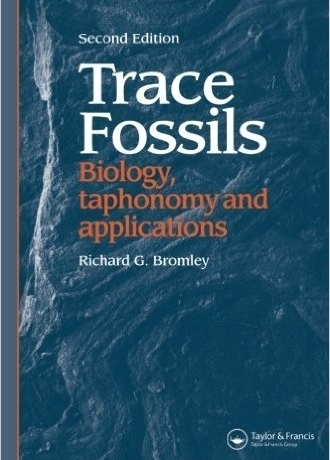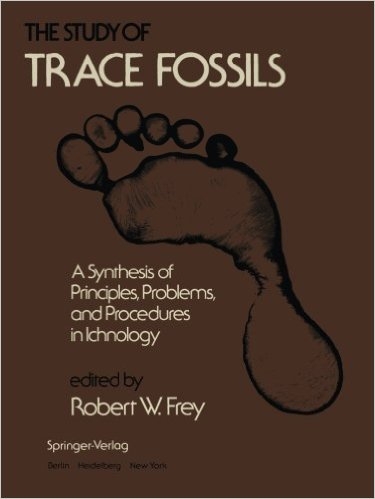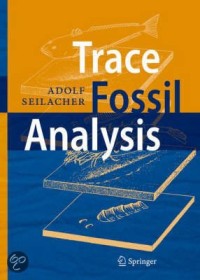Trace Fossils References
 = text books
= text books  = identification guides
= identification guides|
Brongniart, Adolphe (1828), Histoire des vegetaux fossiles ("History of fossil plants"): Chez F.G. Levrault, Paris, 223 p.
Chamberlain, C.K. (1975), Recent lebensspuren in nonmarine aquatic environments in (Frey, R.W., ed.) The Study of Trace Fossils: Springer-Verlag, New York, p. 133-183.
Herold, C. Lathrop (1934), Fossil markings in the Carmelo Series (Upper Cretaceous), Point Lobos, California, Journal of Geology, v. 42, p. 630-640. Hill, G.W. (1981), Ichnoenoses of a Paleocene submarine canyon floor, Point Lobos, California, in (Frizzel, V., ed.) Upper Cretaceous and Paelocene turbidites, central California Coast: Pacific Section, Society of Economic Paleontologists and Mineralogists, Guide Book to Field Trip No. 6, p. 93-104. Hitchcock, Edward (1858), Ichnology of New England: William White, Printer to the State, Boston, Masachusetts, 220 p.
Mikuláš, R. (1999), Notes on the concept of plant trace fossils related to plant-generated sedimentary structures, Veštník Ceského geologického ústavu, v. 74, p. 39-42.
Richter, Rudolf (1952), Fluidal-Textur in Sediment-Gesteien und uber Sedifluktion uberhaupt, Notizbl, Hess, Landesamtes Bodenforsch, Wiesbaden 6, p. 67-81. - Richter introduced the term bioturbation (bioturbate Textur) with this paper. Seilacher, Adolf (1953), Studien zur paläontologie: 1. Über die methoden der palichnologie, Neues Jahrbuch fur Geologie und Paläontologie, Abhandlungen 96, p. 421-452. - Seilacher introduced the behavioral classification of trace fossils with this paper. Seilacher, Adolf (1964a), Biogenic Sedimentary structures in (Imbrie, J. & Newell, N.D. eds.) Approaches to Paleonotology, John Wiley & Sons, New York, p. 296-316. - Seilacher expanded in this paper the behavioral classification system for trace fossils that he introduced in his 1953 paper. Seilacher, Adolf (1964b), Sedimentological classification and nomenclature of trace fossils, Sedimentology, v. 3, p. 253-256. Seilacher, Adolf (1967), Bathymetry of trace fossils, Marine Geology, v. 5, p. 413-428. - Seilacher introduced the concept of ichnofacies in this paper.
Smith, Jon J. of the Kansas Geological Survey, Morphology and paleoenvironmental implications of adhesive meniscate burrows (AMB), Paleogene Willwood Formation and other continental deposits (website) - last accessed on 11/14/2015. Smith, J.J. and Hasiotis, S.T. (2008), Traces and burrowing behaviors of the cicada nymph Cicadetta calliope: Neoichnology and paleoecological significance of extant soil-dwelling insects, PALAIOS, v. 23, n. 8, p. 503-513. Weimer, R.J. and Hoyt, H.H. (1964), Burrows of Callianassa major Say geologic indicators of littoral and shallow neritic environments, Journal of Paleontology, v. 38, p. 761-767.
|




